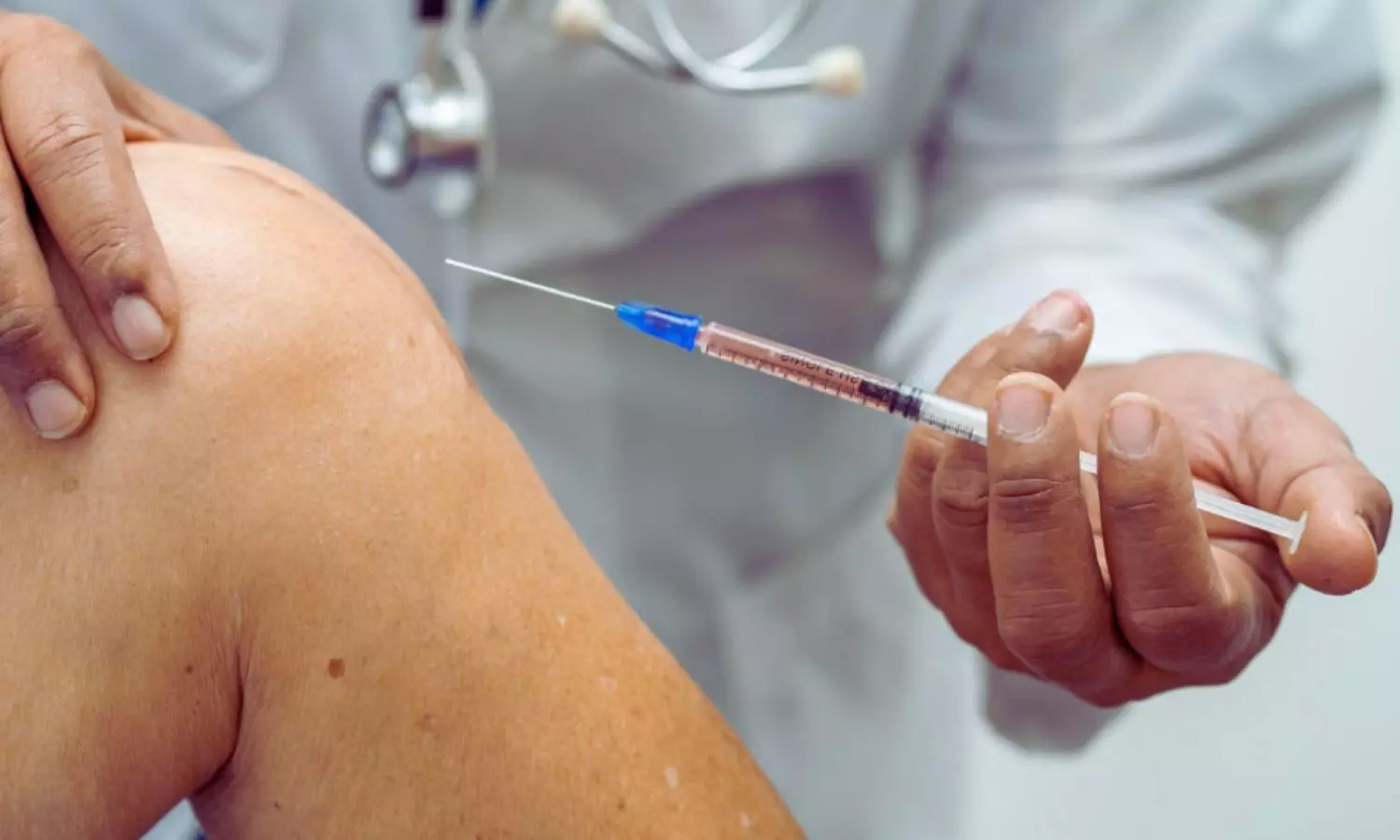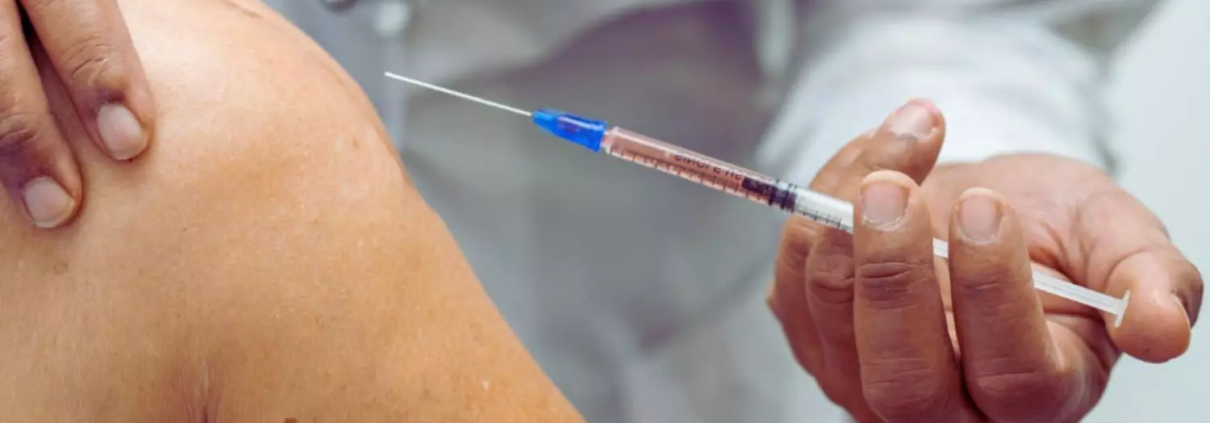Early and Consistent Physical Therapy Reduces Need for Knee Injections in Osteoarthritis Patients, Study Finds

USA: A new study published in Arthritis and Rheumatology has highlighted the significant role of physical therapy (PT) in reducing the need for intra-articular injections among individuals with newly diagnosed knee osteoarthritis (OA). The research, led by Deepak Kumar and colleagues from Boston University, Boston, Massachusetts, examined how the timing, frequency, and type of PT sessions influence the likelihood of requiring future intra-articular therapies, such as corticosteroid or hyaluronic acid injections.
The investigation utilized data from the Optum Labs Data Warehouse, a large deidentified claims database in the United States. It included 67,245 adults diagnosed with knee OA who were referred for physical therapy within the first year of their diagnosis. Participants were grouped based on whether they had previously undergone intra-articular treatments. The study then evaluated the relationship between PT initiation time, the number of sessions attended, and the type of PT (active versus passive) with subsequent use of intra-articular therapies over the following year.
The study revealed the following findings:
- Patients who started physical therapy earlier had a lower risk of needing additional intra-articular interventions.
- Among those with prior intra-articular therapy, initiating PT between 9 and 12 months after diagnosis was associated with a 44% higher risk of future injections compared to starting within the first month.
- Similar benefits of early PT initiation were observed in patients without prior intra-articular treatments.
- Attending 13 or more PT sessions was linked to a reduced risk of future intra-articular therapy—10% lower in patients with prior injections and 12% lower in those without—compared to attending only 1 to 5 sessions.
- A higher number of PT sessions appeared to provide a protective effect against the need for invasive joint procedures.
- The study found no significant difference in outcomes between predominantly active and passive PT approaches.
- Timing and session frequency of PT were more influential in reducing future intra-articular treatments than the specific PT modality used.
The researchers concluded that integrating PT early in the management of knee OA and ensuring adequate session frequency could help reduce reliance on intra-articular corticosteroid or hyaluronic acid injections. Such strategies not only promote better long-term joint health but may also lower treatment costs and decrease the risks associated with repeated intra-articular procedures.
With knee osteoarthritis being a leading cause of disability worldwide, these findings offer valuable guidance for clinicians and patients. Emphasizing timely and consistent physical therapy as part of an initial treatment plan may serve as a proactive step to manage symptoms effectively while minimizing the need for more invasive interventions later on.
Reference:
Neogi, T., Dubreuil, M., Peloquin, C., Marinko, L., Camarinos, J., Felson, D. T., & Kumar, D. (2025). Association of Physical Therapy Care With Use of Intra-Articular Injections in People With Knee Osteoarthritis: A Real-World Cohort Study. Arthritis & Rheumatology, 77(8), 1006-1014. https://doi.org/10.1002/art.43155



